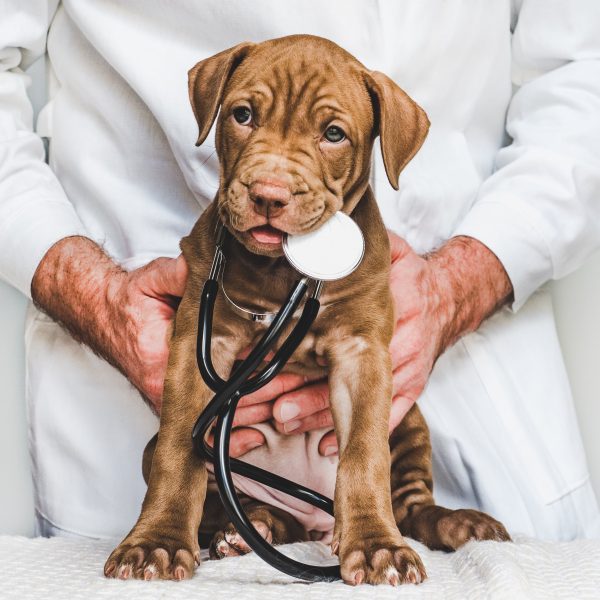6 Tips For Smoother Veterinarian Visits

Veterinarian visits are an essential part of your dog’s health and care. Unfortunately, some dogs hate going to the vet. It’s unfamiliar, has strange smells, and they can feel scared. This can make veterinarian trips feel overwhelming for everyone involved. Here are a few tips for smoother veterinarian visits:
1. Pick the Right Veterinarian
If you already have a good veterinarian that you like and trust, that’s great! But if you’re bringing a dog home for the first time, it can be overwhelming knowing how to choose the right veterinarian. It’s a good idea to talk to family and friends with pets about their vet.
Once you have some options, start calling or emailing practices. Ask how accommodating the vet is to pets who struggle with vet visits. The right veterinarian practice will have steps in place to help your dog feel safer. Many vets offer treats to encourage dogs to calm down.
A veterinarian practice also should have practices in place if a dog shows signs of aggression due to fear, which is a common cause of aggression in dogs. These steps help appointments go much more smoothly and may reduce some stress for everyone.
2. Arrive a Little Bit Early
Arriving with plenty of time to spare can help both you and your dog feel less stressed. This gives your dog extra time for a bathroom break and maybe a short walk. Letting your dog get acclimated to their surroundings can help them feel more secure.
Some dogs have anxiety waiting in a waiting room with other pets, which is why the veterinarian can be one of the common fears and phobias in dogs. Ask your vet if they can call you while you wait in the car or outside. This can reduce nerves and give your dog extra playtime or sniffing time.
3. Communicate With Your Vet Beforehand if Possible
If your dog tends to show any of the signs your dog is stressed at home or in public places, like pacing, whining, etc., it is best to inform your vet of these signs. Vets are around animals all day, but each dog is different. Communicate certain triggers your dog may have and offer any solutions you may have.
It’s also helpful to let your vet know if your dog knows any of the basic commands every dog should know like “sit” or “stay”. This will help them use the right words so your dog understands them. This can help your dog feel more confident and may reduce some of the anxiety they feel.
4. Make it a Fun Day
If you have the time, have a fun activity for your dog to do after the appointment. Maybe schedule a playdate with one of their furry friends. Or, stop by a place that offers pup treats. Even a stop at a dog park or going on a longer walk can help your dog associate vet visits with fun.
5. Teach Your Dog Some Helpful Tricks
Dogs enjoy learning new tricks and teaching them specific tricks can help visits go smoother. Teaching them to step up on a platform can help with getting on an exam table. Having your dog learn to roll over onto their belly eliminates the need for a vet to physically move them. These are easy tricks to teach your dog that can help make vet visits go more smoothly but are also fun for dogs to perform at home.
6. Try Some Counterconditioning
Counterconditioning is a helpful tactic in teaching your dog to associate good things with a stressful event, like a vet visit or car ride. It’s also helpful if you don’t know what to do when your dog has separation anxiety.
Rewarding them with treats throughout the visit can help. Work on teaching them that when the vet checks their ears, they get a treat. You can also use this as an incentive for behaving well during ear cleaning.
Train them to step up on a platform and reward them with a treat. That way, when you’re at the vet’s office and they need to step onto a platform for examination, they will think they’re getting a treat. Make sure you take plenty of treats along to your vet visits so you can award them for behaving.
These are just a few tips for smoother veterinarian visits. When your dog is stressed or anxious, it can be hard for your veterinarian to assess their health. Implementing some of these tips can be helpful so that your vet can get the full picture of their health. Plus, it may alleviate some stress for your pup!
